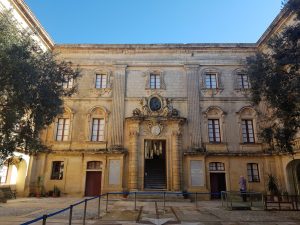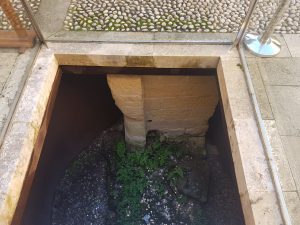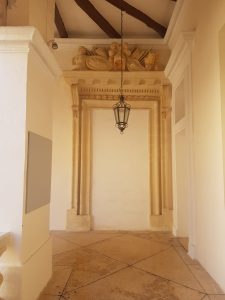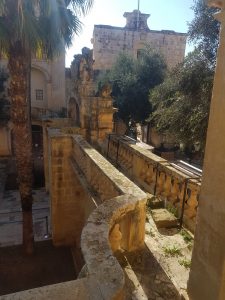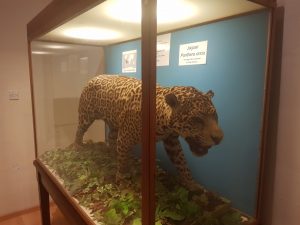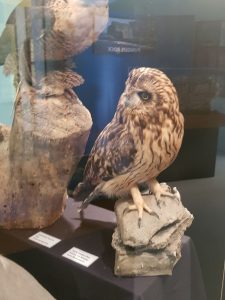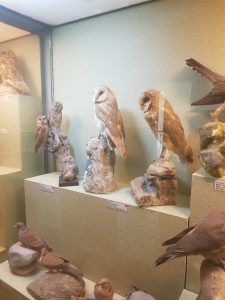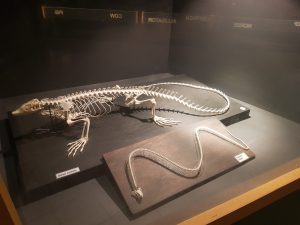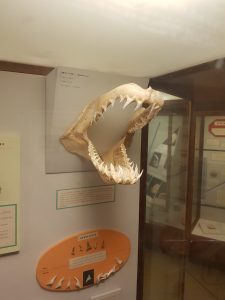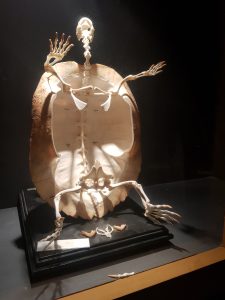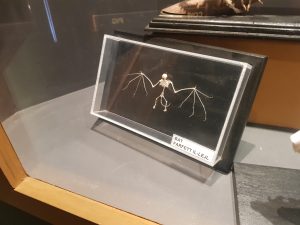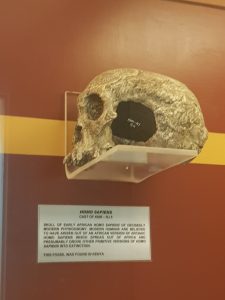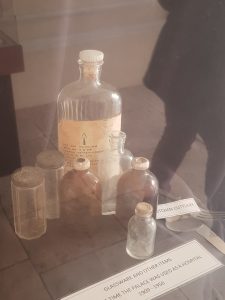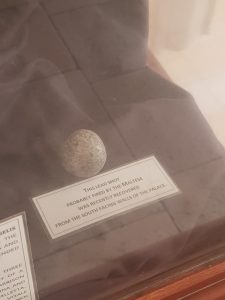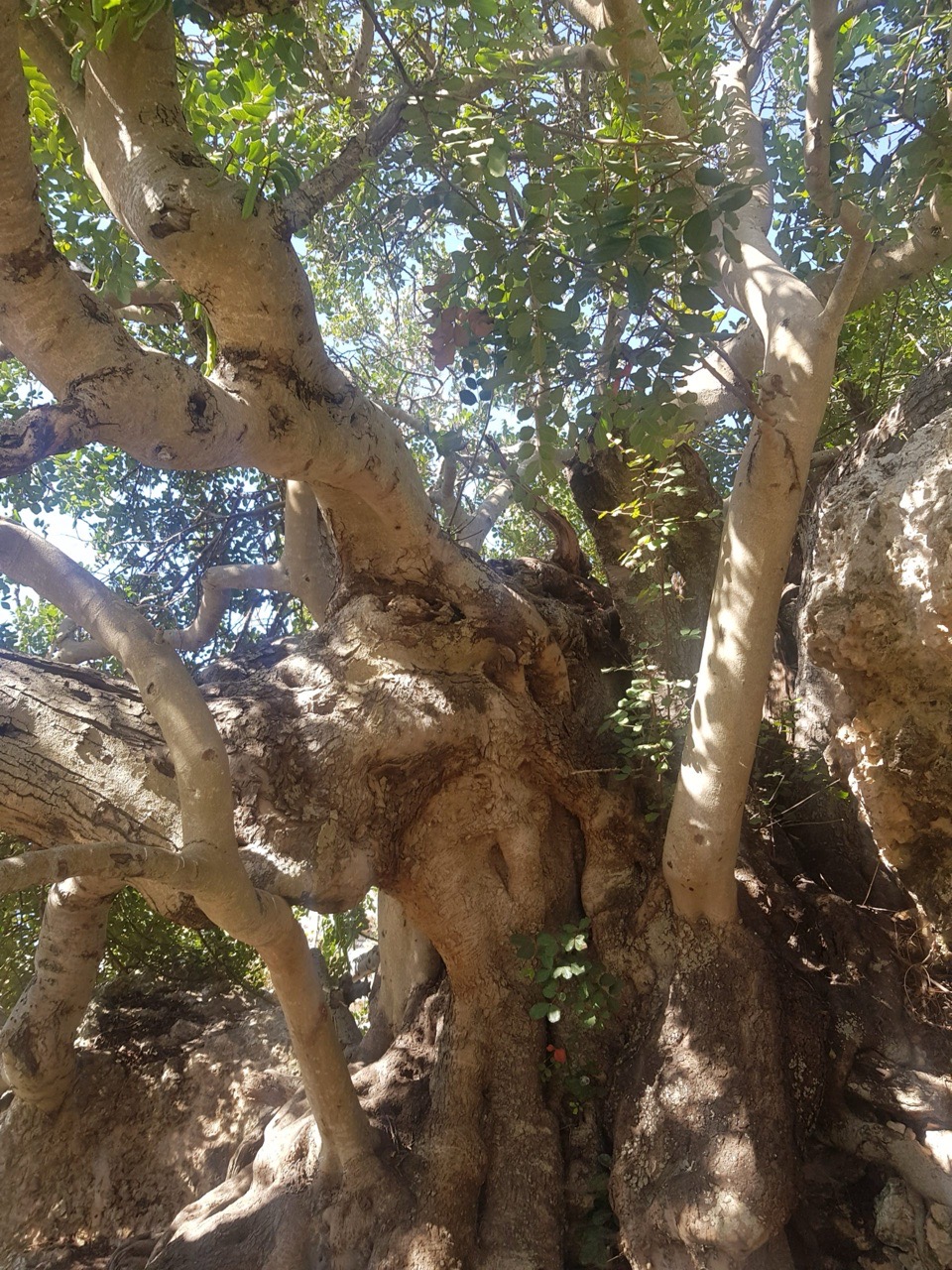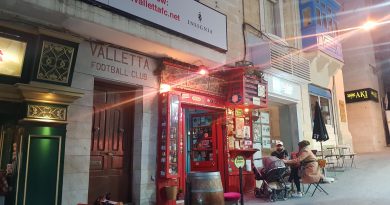Malta – Northern Region – Mdina – National Museum of Natural History
This was the first building that I saw when entering the ancient walled city of Mdina, and it looked a fascinating building. It was included in my Heritage Malta pass, so I went in without really being aware of what it was. The whole visit was rather surreal, a fascinating building clearly packed with history, and a museum which was, to be honest, in the way of seeing the historic interiors. The building is the Vilhena Palace, originally built between 1726 and 1728, built as a grand residence, but later used as a hospital before it was converted into a museum.
One of the supporting columns under the floor in front of the museum entrance. I liked how this history was revealed, although it wasn’t a theme of the rest of the visit. The nearby toilets were located in an old cellar part of the complex, although there was no explanation of what all the rooms used to be.
Some of the building is sealed off, I’m not sure what the non-museum part is used for.
The view out of one of the upper windows, although visitors couldn’t access this.
I must take Dylan and Leon to another museum of dead animals. Anyway, this is a jaguar.
And an owl, another of Dylan’s favourites. Although I think he prefers living ones.
More owls.
A dead snake, with a dead giant lizard behind it.
A mackerel shark.
A turtle of some kind, but the descriptive plaque has fallen off and bits of the skeleton have also fallen off. It’s a little bit symbolic of the whole museum.
A bat.
An early Homo Sapiens skull which was found in Kenya.
Glassware which was found from when the building was used as a hospital, which was between 1909 and 1956.
A piece of lead shot which was likely fired in battle that was found in the south facing walls of the building. These small displays were some of the more interesting to me, as they had a relevance to the building itself. The collection of dead animals and rocks was no doubt of some importance, but it could have really been housed anywhere.
Perhaps in the future much more could be done with this historic palace building itself, rather than just using it as a location to house a museum which has no relation to it.

